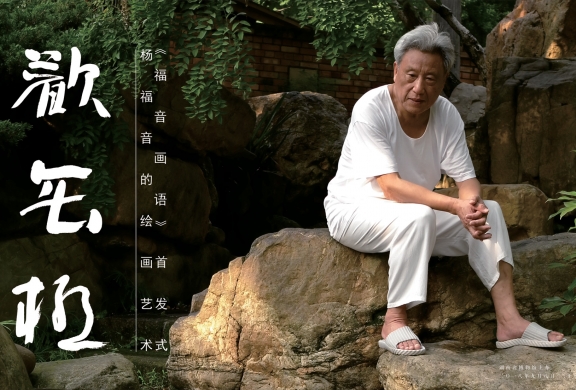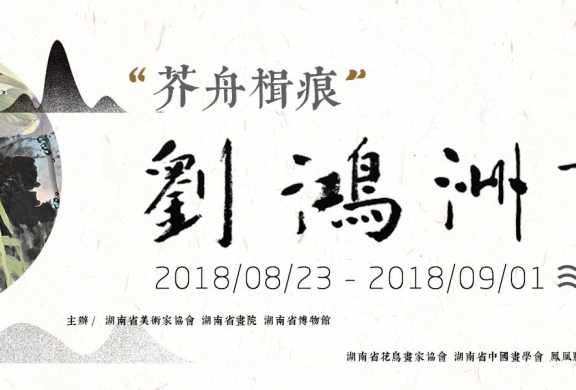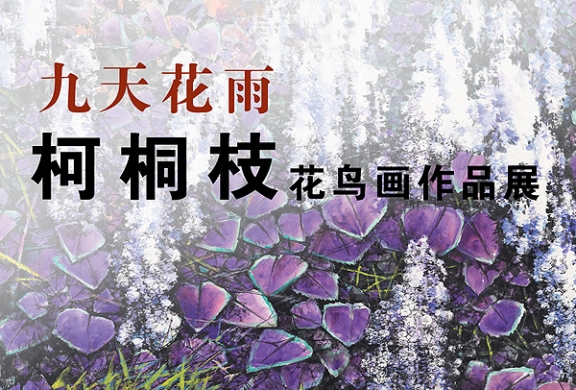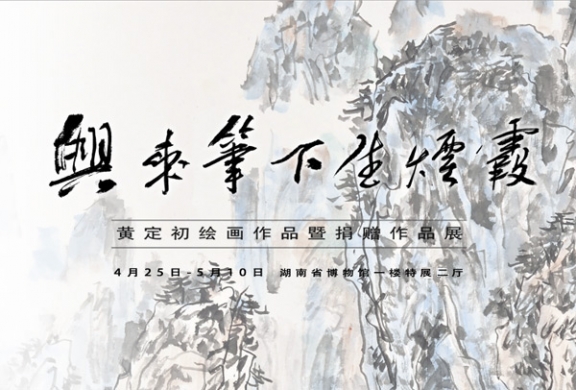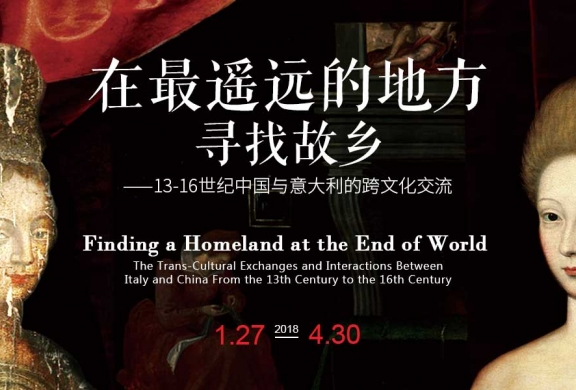Past Exhibitions
Exhibition of Yang Fuyin’s PaintingsNo.2 Special Exhibition Hall,1F 2018.09.06 - 2018.10.06 With great ingenuity and originality, Yang's Chinese paintings retain a touch of traditional charm in an unparalleled creative way, with his free-flowing brush strokes revealing great strengths. You can sense from his works the typical vitality and tension of Chinese art. |
Exhibition of Liu Hongzhou’s PaintingsNo.2 Special Exhibition Hall, 1F 2018.08.20 - 2018.09.01 Born in Fenghuang County (western part of Hunan Province), Liu has distinguished himself as an artist through continuous exploration into realms that have never been set foot on before. By blending together the seemingly incompatible fine and freehand brushwork, the essence of murals in Han and Tang Dynasty as well as that of Western works, he created volumes of flower and bird—themed paintings, ushering a new world where the traditional art encounters with the passionate modern colors. His early life experience and painstaking study of different skills, together with his unique tentacle for art, helped to shape the vast landscape as well as the exquisite figures in his works,as was once remarked by Huang Yongyu,a renowned artist in China:“One can tell that his works share a lot with his personality: modesty, serenity,abundance and precision. Plainly and fully revealing the traditional techniques and his modern awareness, these works are readily accessible and quite respectable. ” |
Exhibition of Ke Tongzhi’s PaintingsNo.2 Special Exhibition Hall, 1F 2018.07.17 - 2018.07.31 Ke Tongzhi is an artist who shows unstoppable enthusiasm in the innovation of Chinese paintings. Featured with plainness and straightforwardness, his works are brimming with vitality, which is well revealed in the abundantly colored images and the way they are presented. The fine contrast between the colorful flowers and birds and the traditional Chinese brushwork brings about great artistic tension, well reflecting the devotion and dedication of the artist. |
“My Future My Will”: International Children’s Paintings ExhibitionNo.2 Special Exhibition Hall, 1F 2018.05.21 - 2018.06.30 After birth, children begin to explore and try to understand the world by placing the “self” at the foundation of perception. At first, they cannot draw the boundary between themselves and the world. Then gradually, they learn to observe and describe the world from the perspective of “me”. Even if they can’t express themselves in words clearly, they will draw things whenever they pick up pens. During their growth, they learn to draw objects by using signs and express their feelings with brushes. They represent the real “self” by painting in their own way as kids. |
The paintings of Huang DingchuNo.2 Special Exhibition Hall,1F 2018.04.19 - 2018.05.10 Far beyond a faithful reproduction of outside world, Huang Dingchu's paintings, with skillful, dynamic brushwork and ingenuous yet connotation-loaded images, are imbued with poetic beauty of traditional Chinese ink painting and profound culture of Hunan area. |
Finding a Homeland at the End of WorldNo.1 Special Exhibition Hall,1F 2018.01.27 - 2018.05.06 The Renaissance in which the Europeans take great pride stemmed from the revival of ancient Greek and Roman culture and opened up the new era of modern civilization. Is it true? China and Italy are located at the two ends of the Euro-Asian Continent and are separated by the sea and the land mass. However, thanks to the Silk Road on both the land and the sea, many people like Marco Polo traveled between the two ends. China and Italy are separated geographically, but are tightly connected culturally. Just as Hermann Hesse the German poet used to sing: “Finding a homeland at the end of the world”. When people from the East and the West respectively are stepping into a strange new world, they would notice some familiar and strange things, and they would replace the “strangeness” with a “home-like” familiarity. Beauties on Wood Plate from Xinhui shares similar female images with Gabrielle and Her Sister, and the blue and white porcelain depicted in Feast of Gods has its counterpart in China. Were these pictorial similarities simply coincidences or fruits born out of geographical/cultural unions across mountains and waters? |

